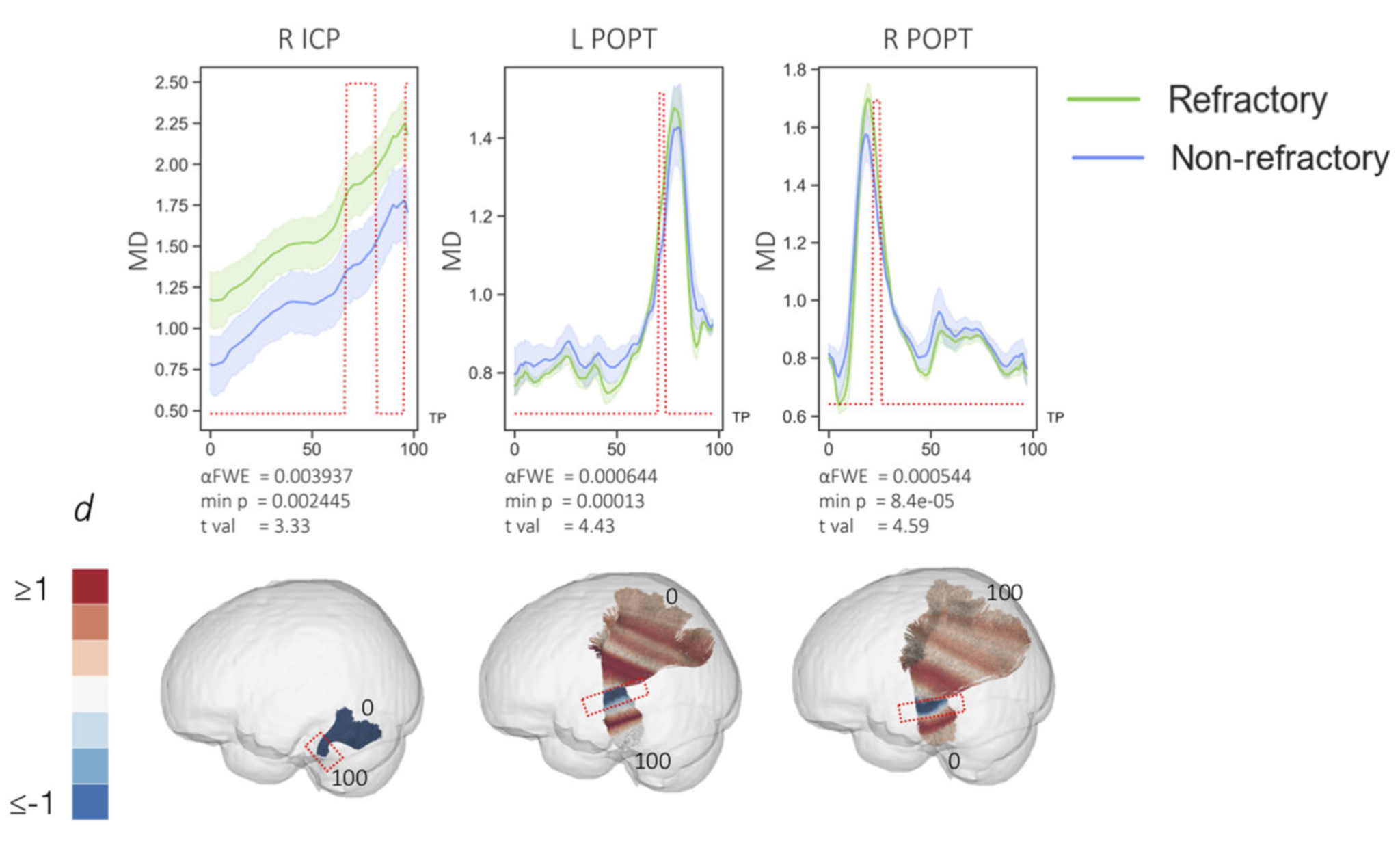About
I am a German-American clinical neuroscientist with a research background in treatment-resistant epilepsies. During my PhD and my two postdoctoral research positions I have analyzed functional and structural brain connectivity based on magnetic resonance images (big data) using network and spatial statistics. I am always working for sound clinical science as a full-time advocate for cutting-edge science.
Interests
- Artificial Intelligence
- Brain Disorders
- Connectomics
- Neuroimaging
- Open Science
Education
-
PhD in Medical Imaging, 2018
University of Liverpool, United Kingdom
-
MSc in Cognitive Science, 2014
University of Osnabrück, Germany
-
MSc in Cognitive Science, 2014
University of Trento, Italy
-
BA in Disability Studies, 2011
Protestant University of Applied Sciences Bochum, Germany









